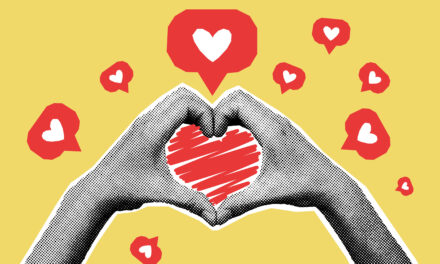
Lonely at Your Laptop: The Cost of Modern Work

As a technology sales leader who’s spent two decades building and scaling teams, I’ve witnessed numerous workplace transformations.
But none quite as dramatic as our current situation.
Like most of us, I’ve embraced the flexibility of remote work – and you couldn’t drag me back to a five-day office schedule if you tried. However, I’m increasingly concerned about an epidemic that’s quietly eroding our workforce:
Plummeting employee morale.
Let’s be honest about what we’re seeing.
While remote work has given us freedom from commutes and the ability to work in our pajamas, it’s also created an unprecedented crisis of connection. The data is clear: employee happiness has taken a significant hit in predominantly remote environments.
As leaders, we can’t afford to ignore this reality, even if it challenges our personal preferences.
The magic of office life never really came from the physical space itself. It wasn’t about the fluorescent lighting or the shared refrigerator dramas.
Connection
What we’re missing is the invisible thread of human connection that weaves through our daily interactions.
Those impromptu brainstorming sessions by the coffee machine. The quiet mentoring moments when a junior team member observes how a senior colleague handles a challenging client call. The celebration high-fives after closing a big deal.
Even when individual task completion remains strong, we’re losing something more subtle but equally crucial: the collective energy that drives innovation and resilience.
Virtual happy hours and Zoom team buildings are poor substitutes for genuine human connection. They’re like trying to satisfy hunger with pictures of food.
The productivity question is complex. Yes, many employees report being more productive at home – if we’re measuring pure output.
But are we accounting for the innovation that springs from collaborative friction? The institutional knowledge transfer that happens organically in shared spaces? The team cohesion that builds resilience during tough quarters?
Path Forward
Here’s what I believe is the path forward: we, as leaders, need to reimagine workplace connection for a hybrid world.
This isn’t about forcing everyone back to the office or clinging to an idealized past.
It’s about intentionally designing opportunities for meaningful human interaction while preserving the flexibility we’ve grown to value.
What could that look like?
- Quarterly Team Destination Offsites: Organize in-person offsite meetings at rotating locations to foster collaboration, strategic planning, and team bonding in a focused, engaging environment.
- Regional Hub Workdays: Encourage teams in proximity to gather at a central location for coworking days, providing space for brainstorming, relationship-building, and informal conversations.
- Annual Company-Wide Retreats: Host company-wide gatherings at inspiring destinations to strengthen organizational culture, align on goals, and create lasting personal connections among employees.
- Redesign Small Office Spaces: Create small regional offices to facilitate the kinds of interactions that actually benefit from being in-person: workshop rooms for strategic planning, casual spaces for mentoring, and team pods for project sprints.
- Rotating Leadership Visits: Have leaders travel to various office locations or regional hubs to meet with employees, build rapport, and ensure alignment across geographically distributed teams.
- Increase Field Sales: Have sellers and leaders to spend more time out into the field to meeting customers in-person to improve connection and separate your business from increased automation.
The key is intentionality. Every in-person moment needs to justify the commute. When we bring people together, it should be for activities that genuinely benefit from face-to-face interaction: complex problem-solving, relationship building, creative collaboration, and cultural reinforcement.
We’re still early in this experiment of redefining work, and there’s no one-size-fits-all solution. But as leaders, we can’t hide from the morale crisis affecting our teams. While I’ll continue enjoying the flexibility of remote work, I’m committed to finding new ways to nurture the human connections that make work meaningful.
The future of work isn’t about choosing between flexibility and connection – it’s about thoughtfully designing ways to have both.
What are you doing to address employee morale and create team connection?































